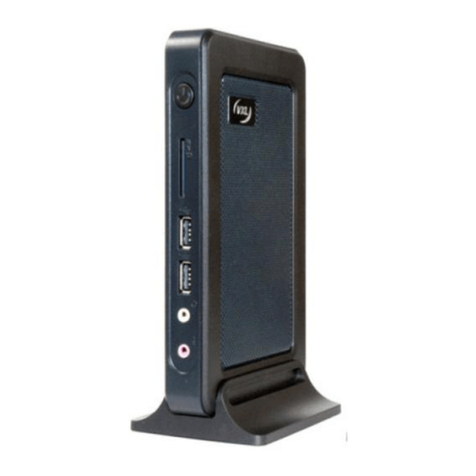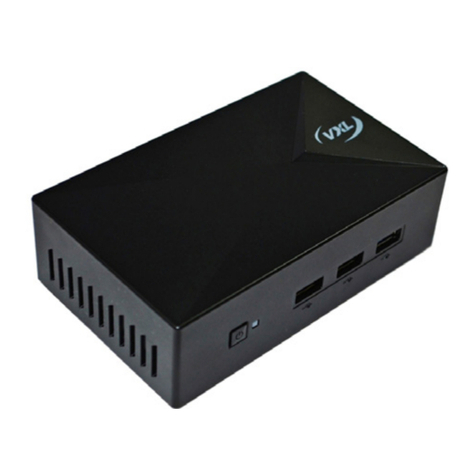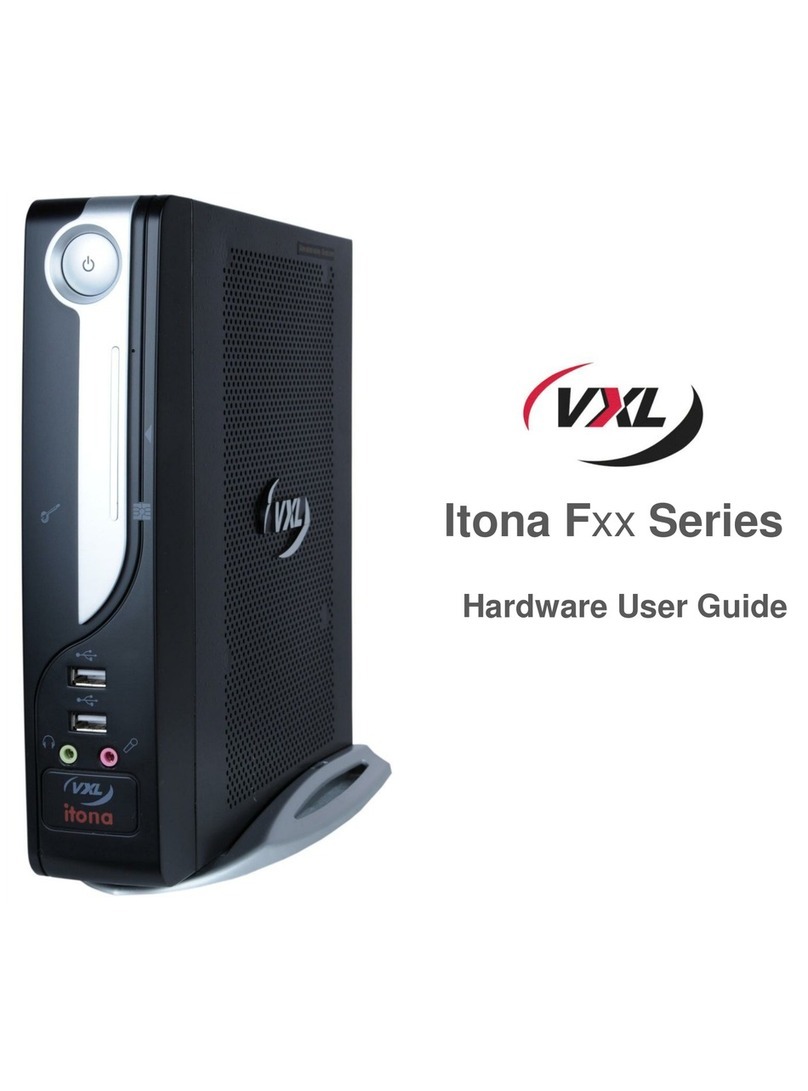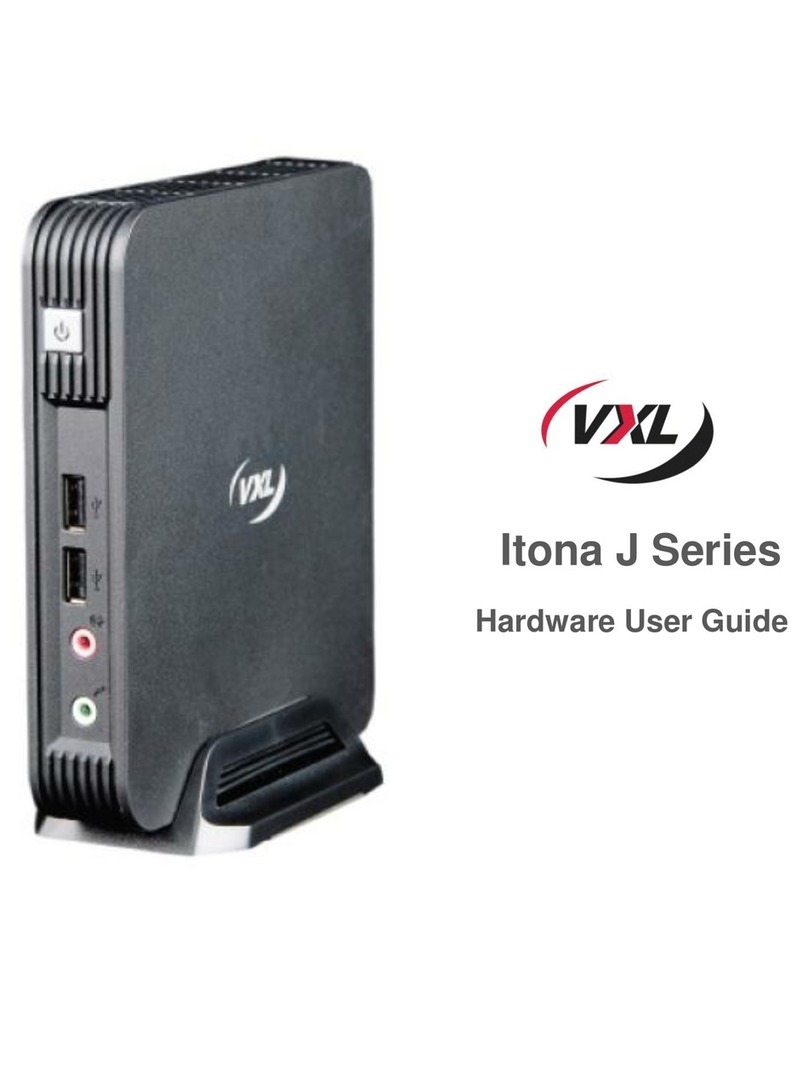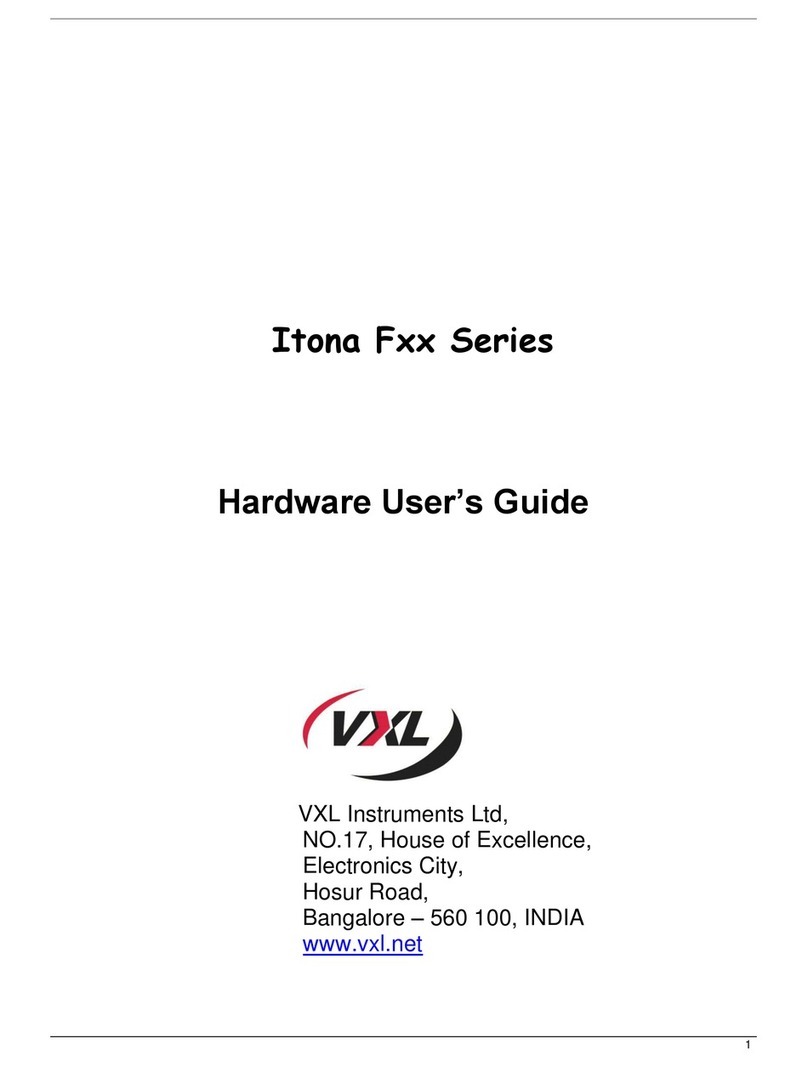
3 Introduction
Chapters in the Manual
Chapter No Chapter Name Description
1 Introduction Contains an overview of the product,
information about this guide and
abbreviations used in this guide.
2 Installation Contains the procedure to set up the
hardware.
3 Specifications Contains hardware, mechanical, electrical,
interface and operating environment
specifications
4 Troubleshooting Contains solutions to problems that you
may encounter while using the product.
— Appendix Contains detailed specifications for
connectors and cables used with the
product.
Warning
•Any changes or modifications not expressly approved by the party responsible for
compliance could void the user's authority to operate this equipment.
•There are no user serviceable parts inside. Do not open enclosure, hazardous
voltages present in the equipment’s components. Do not disassemble the equipment
as this can nullify your warranty.
•This equipment must be connected to an earthed three pin socket to avoid electrical
shocks.
•As a precaution, the AC socket outlet should be near the equipment and should be
easily accessible.
•Sound Power Level is less than 23dB (A), when measured according to ISO 7779.
•Excessive sound from earphones and headphones can cause hearing damage or
loss. Avoid setting the equalizer setting to maximum.
Caution
•Ensure that all expansion slots (on the back or side of the client) are covered with
metal retaining brackets, and tightly attached to the computer cabinet.
•Only equipment certified to comply with Class B (computer input/output devices,
terminals, printers etc.) should be connected to this equipment, and must have
shielded interface cables.
•This equipment should not be used in electro-medical applications.
•Do not operate this equipment in corrosive or explosive atmosphere.
•Replace the battery only with the same or equivalent type recommended by the
manufacturer.
•Do not operate this equipment beyond temperature limits provided in the
‘Operating Environment’ section on page 11.












